Email Is A Versatile Marketing Approach
By Jaco Grobbelaar on Fri, Apr 12, 2024 @ 10:18 AM
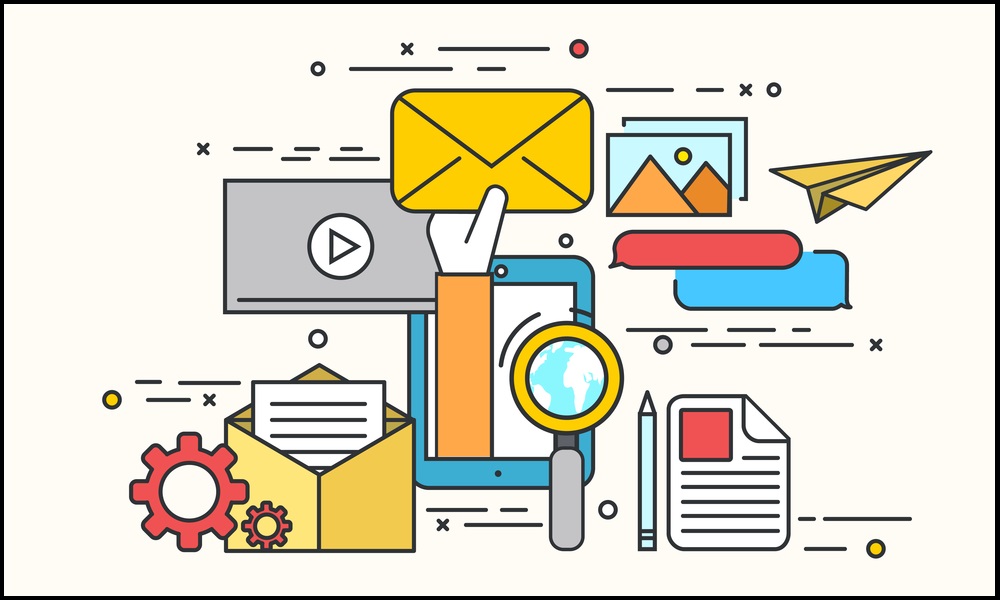
.jpg?width=1000&height=550&name=Copy%20of%20Copy%20of%20Copy%20of%20Copy%20of%20Black%20and%20White%20Modern%20Company%20Presentation%20(1000%20x%20550%20px).jpg)
[This article was originally published in December 2018 and has been updated and revised.]
Email has been with us for almost 50 years. In fact, it's been around longer than many marketers!
But it is still a powerful tool and email marketing can be used in a number of surprising ways.
A Tale of Two Inboxes: Email's Journey from Tech Novelty to Marketing Powerhouse
Email's story starts in the early 1970s, nestled within the academic and military networks of ARPANET. Ray Tomlinson's invention, initially a way to send messages between computers, laid the groundwork for what we know today. The 1970s also saw the birth of email management systems and, unfortunately, the first instance of "email marketing", albeit actually unsolicited (spam).
The 1980s ushered in the rise of user-friendly email clients and the dawn of the internet. However, email remained largely academic and corporate until the mid-1990s. The free webmail services offered by Hotmail and others democratized email access, making it a household tool. Marketers, recognizing this potential, flocked to this new communication channel.
The late 1990s and early 2000s saw a surge in email marketing, not without its growing pains. Spam became a major issue, leading to regulations like the CAN-SPAM Act. Thankfully, the concept of permission-based marketing emerged, focusing on sending targeted messages to consenting recipients.
The 21st century brought further innovation.
Emails evolved beyond plain text, incorporating visuals and responsive design for mobile devices. Today, email marketing remains a powerful tool, allowing businesses to nurture leads, build relationships, and drive sales. While social media and other channels vie for attention, email endures as a reliable and effective way to connect with audiences in a personalized way.
From Primitive Messaging to Personalized Promotional Campaigns
For many people, it seems that email has always been there. What is sometimes overlooked in light of the longevity of email is it's versatile use as a marketing tactic and strategy. In fact, email marketing as a channel for direct marketing has a proud and profitable history.
For example, according to a post at Smart Insights,
"In 1978, (Gary) Thuerk sent an email promoting DEC machines to 400 users via Arpanet. What would have then been a complete novelty for recipients (receiving a sales/marketing message direct to their computer’s inbox) resulted in $13 million worth of sales for DEC machines (and a few complaints!)."
That was over 40 years ago. Today, email marketing accounts for billions of dollars in revenue for brands. How effective is it? Here are a few recent email marekting statistics:
- The number of global email users reached 4.26 billion in 2022 and is projected to grow to 4.73 billion by 2026 (Statista, 2022).
- 22% of marketers send two or three marketing emails per day, and 21% send daily emails (HubSpot Research, 2023).
- 41% of email views — and 75% of Gmail users’ email views — come from mobile devices (MailButler, 2023).
But what about ROI, you ask?
Well, according to eCommerce provider Barilliance, the average ROI for email marketing is 3,800 percent, or $38 for every $1 invested. However, other sources say the average ROI is between $36 and $40 for every dollar spent. 18 percent of companies achieve ROI greater than $70 per $1 invested, while 20 percent achieve ROI less than $5 per $1 invested. The retail, ecommerce, and consumer goods sector has the highest ROI, at $45 per dollar spent.
So, worst case scenario?
You are at least very likely to earn about a 500 percent return on your email marketing dollars. And, according to some experts, this is on the high-end of the ROI average for most marketing tactics. This means that the low end of most email marketing tactics still perform better than 50 percent of all other marketing tactics in general!
%20(1).jpg?width=1000&height=550&name=Copy%20of%20Copy%20of%20Copy%20of%20Copy%20of%20Black%20and%20White%20Modern%20Company%20Presentation%20(1000%20x%20550%20px)%20(1).jpg)
Email Marketing is a Beautiful Thing
Perhaps this is a good place to re-establish the fact that email is not hopelessly "old school" nor is it in any way ineffective. It is, to be blunt, an effective approach to generating leads, nurturing prospects, and closing sales.
While "actual results may vary" depending on your industry, product or service, anyone and everyone can make effective use of email.
Our friends at HubSpot noted that,
"Email isn’t dead. It’s one of the few marketing channels we can use to build an authentic connection with the humans that keep our businesses alive.
Email marketing isn’t spam. It’s not a personal note from an old colleague either. It’s something in between. Your customers don’t give their information lightly, and — if used right — email marketing can be both a relationship-building and profit-building tool."
HubSpot goes on to share some heartwarming statistics of their own:
- Two thirds of customers have made a purchase as a direct result of an email marketing message.
- Only 20 percent of leads that are sent directly to sales are qualified, meaning they need to be nurtured via email and through the use of great content.
- When it comes to customer acquisition, email was 40X more effective than Facebook and Twitter combined.
The key is recognizing what varieties of email marketing can work best for you, creating a strategy, and a documenting a plan for executing that strategy. Email marketing without a strategy is just... well... email.
And a strategy without a documented action plan is just a rumor. So, write it down!
Email Marketing Strategy Made Simple
One of the beautiful aspects of email marketing is its inherent versatility. There is so much you can do with email, and so many ways you can implement it as a marketing tactic. Most marketers (and recipients) are largely familiar with the lead nurturing emails consist of a tightly connected series of emails containing useful, targeted content.
This email sequence tactic is used primarily to nurture leads through the marketing funnel. Consisting of anywhere from five to eight or more emails, sent in a calendared sequence, with the goal of bringing the recipient along a path to a purchase or decision of some kind, most of us have gotten these at some point.
So, you might be asking, "What does an email sequence look like?"
Basic Email Sequence Structure for Small Businesses
This is a basic structure, and the number of emails and timings can be adjusted based on your goals and audience. This structure can provide you with a starting framework for nurturing leads and building relationships:
Email #1: Welcome Series (Automated)
- Timing: Sent immediately after signup
- Content: Thank the subscriber for joining, introduce your brand and value proposition, offer a discount or incentive.
Email #2: Educational Content (3-7 Days)
- Timing: Sent a few days after the welcome email
- Content: Provide valuable, informative content relevant to your audience's interests (e.g., blog post, infographic).
Email #3: Offer or Promotion (7-14 Days)
- Timing: Sent a week or two after the educational email
- Content: Offer a discount, free consultation, or exclusive promotion to encourage a purchase or engagement.
Email #4: Re-engagement (After Inactivity)
- Timing: Sent after a period of subscriber inactivity (e.g., a month)
- Content: Gently remind the subscriber about your brand, offer exclusive content, or ask for feedback.
Remember to personalize the emails whenever possible and track their performance to optimize your sequence for maximum impact.
Oh, The Things You Can Do With Email
In addition to the ubiquitous lead nurturing email sequence approach, you can also engage in the following tactics for your email marketing strategy. Here are seven types of email you can incorporate into your online marketing strategy:
1. Welcome Emails
A welcome email is great tool for thanking a new subscriber (or customer) and to provide information or additional instructions. Depending on your offer or the reason the person signed up, this is also a great format and opportunity to reflect the personality of your company and brand.
2. Thank You Emails
The Thank You email may seem a bit redundant, but it should typically follow on the heels of your Welcome email. The email should simply thank the user for their submitting the form and provide them with the download you promised, such as a link to a PDF, a coupon, or maybe instructions for activating a free trial. This way your customer can store them safely in their inbox for future reference.
3. Confirmation Emails
These are a bit more broad and should be simple and to the point. It is a mark of thoughtfulness and basic customer service to provide an immediate confirmation of any kind of online transaction. Whether it is a purchase, a sign-up or simply a request for a downloadable PDF, here's where you show you are on top of things.
Keep in mind that these types of emails do require software to set up or an email service that provides the templates and the options.
4. Social Media Email
Other options for email marketing include social media. For example, if you are the administrator of a LInkedIn Group (if not, you should consider it!) you are using email every time you send a LinkedIn Announcement. The downside is that you cannot do much customization or design, but you have direct access to key recipients.
5. Co-Branding Emails
Do you know any business owner colleagues who are in a complementary, but not a competing business? Much like joining forces by trading coupons, collaborating on emails can open numbers of opportunities. The way to leverage this is to combine email lists and include both of your company's logos, and contact information, etc.
The content of the emails can be promotional for a joint, co-sponsored event, a webinar, or even a sales event. It not only expands the reach of your brand for both participants, but can provide a synergistic effect to boost both brands.
6. Online Magazine/Newsletter
Part of the beauty of this type of email is the vast range of formats, styles, and designs that can be utilized. These newsletters should be informative, provide value for your readers, and have little - if any - promotion. Just having your "face" and name in front of your audience regularly and consistently is beneficial.
Do provide plenty of links to your website and do make your brand prominent and visually appealing. But keep the "salesy" bits to a minimum.
7. Event Invitation Emails
Invite your audience to an event and ask them to register. This could be a live event at your place of business if you have a brick-and-mortar enterprise, or an online event such a webinar or virtual conference. Even if they choose not to register or attend, the value of these types of emails extend to simple brand awareness and perception. You succeed in reflecting a brand that is active, engaged and approachable.
Doing Email the Right Way
While design and layout are important, content is much more so. Yes, your emails should be visually appealing, but they must offer value to your audience. And this doesn't happen by constantly bombarding your contacts with sales pitches.
As HubSpot puts it,
"Focus on sharing the key information in the most appropriate format depending on the type of email you're sending -- and the audience you're sending it to."
Investing in a reputable Email Service Provider (ESP) and engage in continually building your email list. Buying lists is almost never a good idea or investment, by the way. Once you have determined that email marketing is right for you, consider outsourcing the work to a professional email marketing firm. The investment will more than pay for itself and will free you and your limited staff to do what they do best - what you hired them for.
Beyond this, email marketing will benefit from implementing a comprehensive strategy - an approach for elevating email from a mere tactic to a marketing strategy in its own right.
Building Buzz: An Email Marketing Strategy for Small Businesses
As we have emphasized in this article, in today's digital world, email marketing remains a powerful tool for small businesses to connect with customers and drive growth. The following strategy plan outlines a step-by-step approach to craft compelling email campaigns that resonate with your audience. While it is intended to be viewed as a "generic" strategy for a typical small business, it can be used as a template for creating your own, personalized email marketing strategy.
By focusing on clear goals, valuable content, and targeted messaging, you can build relationships, nurture leads, and ultimately convert them into loyal brand advocates. Let's dive into the key elements for crafting an effective email marketing strategy for your small business.
Step 1: Goals & Audience
- Define your goals: Do you want to increase brand awareness, drive sales, or boost customer engagement?
- Know your audience: Who are you trying to reach? Tailor your message to their interests and needs.
Step 2: Building Your List
- Offer incentives: Discounts, free content, or early access to promotions can entice sign-ups.
- Strategic placement: Add signup forms to your website, social media, and physical store (if applicable).
Step 3: Crafting Compelling Content
- Content variety: Mix newsletters with promotional offers, educational content, and customer stories.
- Value first: Provide valuable information, not just sell.
- Strong calls to action (CTAs): Tell readers what you want them to do next (visit website, redeem offer, etc.).
Step 4: Planning & Automation
- Content calendar: Plan your emails in advance, considering holidays and sales events.
- Segmentation: Divide your list into subgroups for targeted messaging based on interests or purchase history.
- Automation: Use email marketing platforms to automate welcome emails, abandoned cart reminders, and birthday greetings.
Step 5: Design & Optimization
- Mobile-friendly design: Ensure emails look good and function well on all devices.
- Compelling subject lines: Grab attention with clear, concise, and benefit-oriented subject lines.
- Track & Analyze: Monitor open rates, click-through rates, and unsubscribe rates to identify areas for improvement.
Bonus Tip:
- Maintain permission and hygiene: Regularly clean your list of inactive subscribers to maintain email deliverability.
By following these steps and continuously refining your strategy, you can leverage email marketing to build a loyal customer base and achieve your small business goals.
Great Email Marketing Needs Great Strategy
Using email marketing for your brand's promotion efforts is a powerful approach for building and scaling your business. But achieving your marketing objectives with an inbound marketing strategy takes time. It won't happen with a few email blasts, a one-off campaign, or even a random newsletter.
The fact is that your audience will need to consume your content for a while before they contact you. Yet, without your content compelling them to contact you, your goals may never be met.
The good news is that you don't have to figure out alone. In fact, one of the best investments you can make with your marketing budget is to partner with a solid firm like BroadVision Marketing.
Click on this link to contact us so you can make an informed decision, or call BroadVision Marketing at 707-799-1238.
You May Also Like
These Related Stories
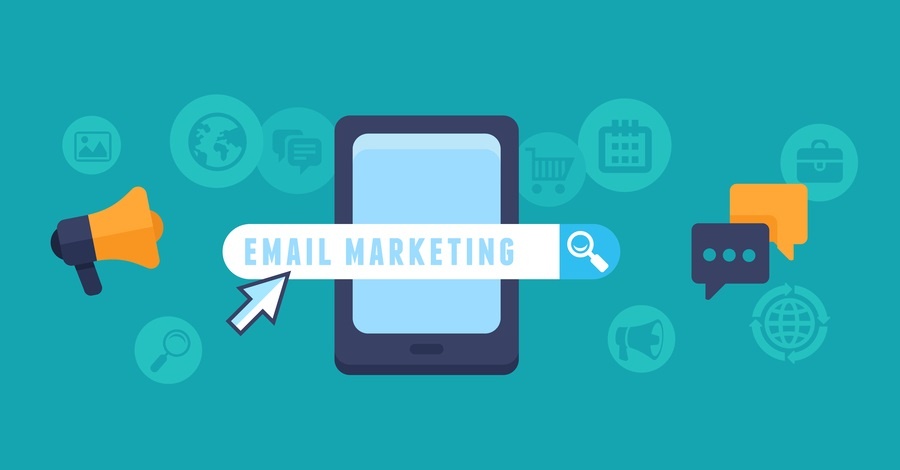
Optimizing Your Email Marketing Campaign Strategy [Tips]
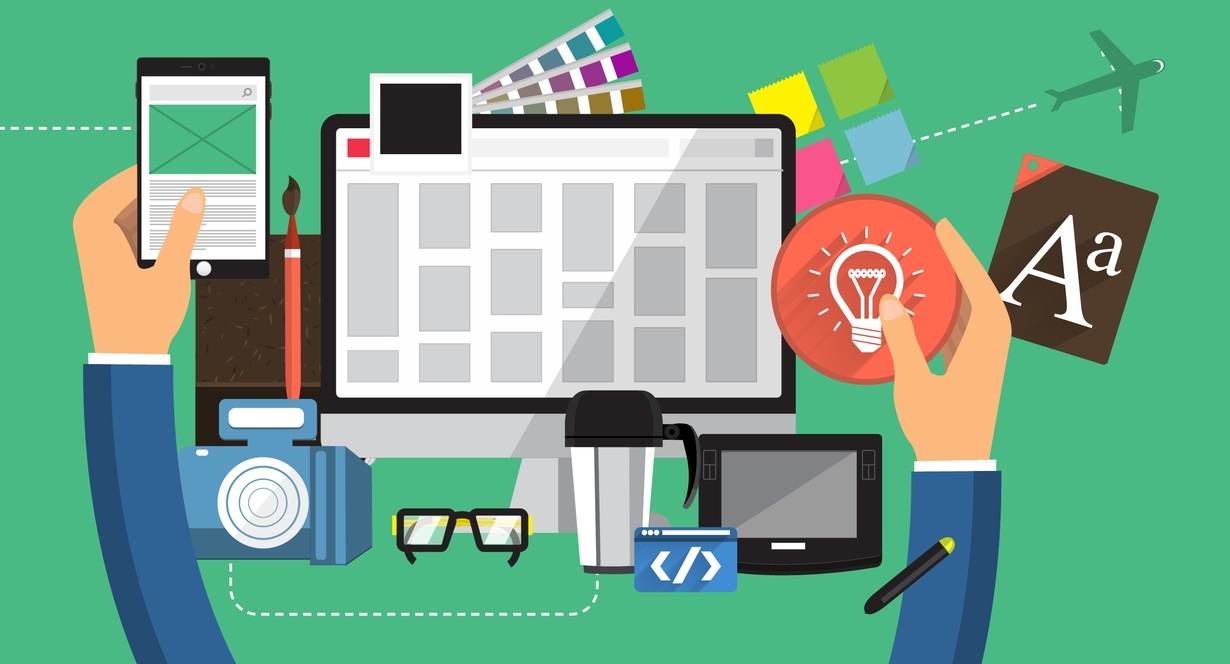
Tap Into The Super Powers Of Email Marketing [Part 2]
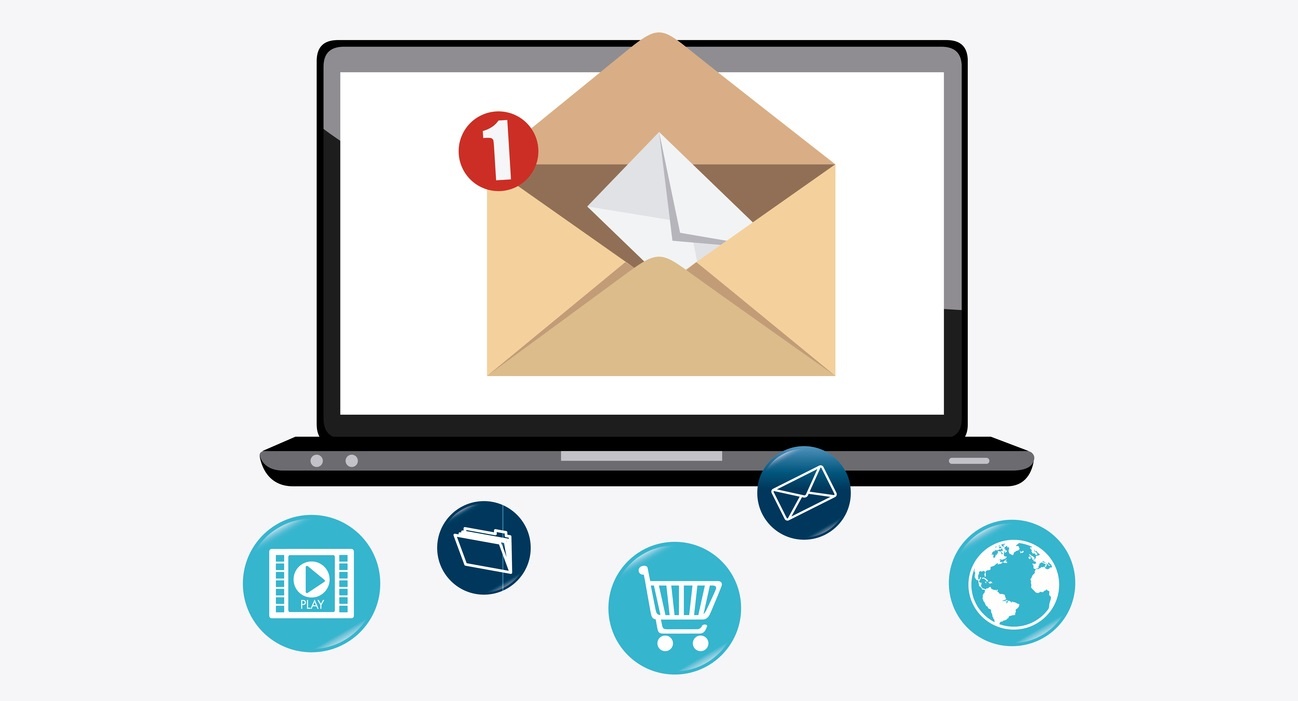
.png?width=302&height=75&name=BVM%20Logo%20-%20transparent%20(1).png)




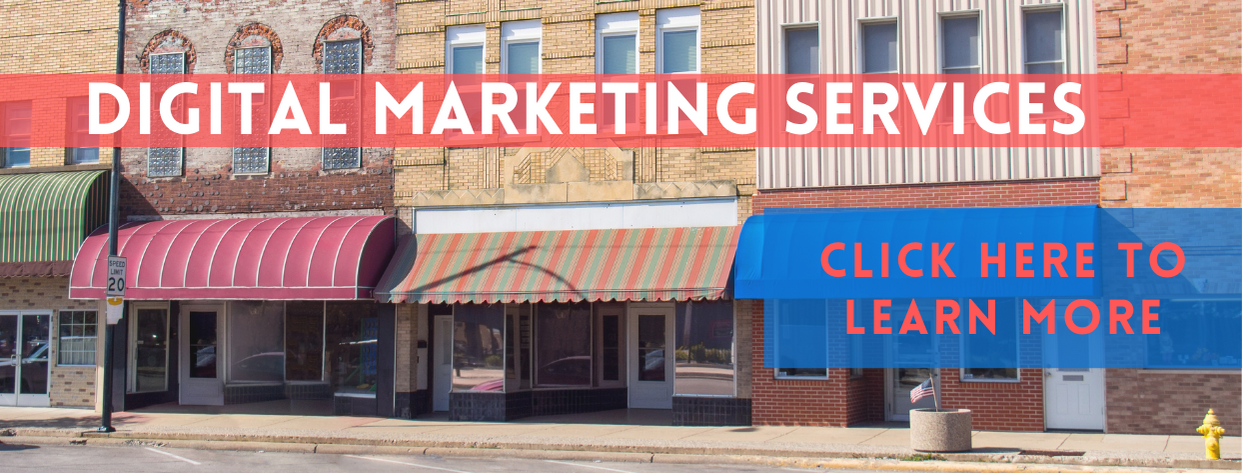
No Comments Yet
Let us know what you think